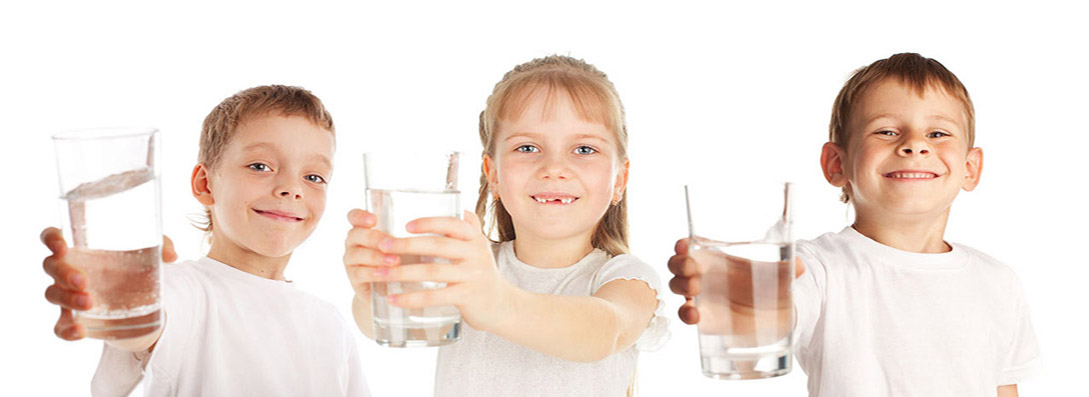Disinfectant produced by the human body - hypochlorous acid
2. Safety of hypochlorous acid
Humans have discovered that hypochlorous acid can be produced naturally by our neutrophils, or white blood cells, to fight microbial infections and inflammation. This makes hypochlorous acid the safest disinfectant.
Specifically, hypochlorous acid occurs naturally in activated human neutrophils and other tissue phagocytes. This occurs due to the oxidative thrust of myeloperoxidase (MPO) on the peroxidase and cytoplasm, which occurs due to the activation of phagocytes. Hypochlorous acid only acts on organic matter such as bacteria and viruses. After entering human or animal cells, it will be decomposed by taurine on the cell surface without affecting cell enzymes, so it is harmless to humans and animals.
3. Hypochlorous acid kills types of germs
Salmonella, Aspergillus niger, hand, foot and mouth virus, norovirus, influenza B virus, poliovirus type I, H1N1 influenza virus, COVID-19 novel coronavirus Escherichia coli, Pseudomonas aeruginosa, Staphylococcus aureus, Candida albicans bacteria, Shigella, mold, Bacillus subtilis var. black spores, etc.
4. Comparison between hypochlorous acid and other chlorine disinfectants
Hypochlorous acid is the most effective disinfectant in dilute solutions containing chlorine. Because hypochlorous acid is uncharged and has a relatively low molecular weight, it penetrates cell walls better than other chlorine-based disinfectants. It also reacts more quickly than other chlorine-based disinfectants to oxidize organic matter, a key component of microbial cells.
Sodium hypochlorite (NaOCI), commonly known as bleach, is widely recommended around the world as an effective environmental disinfection chemical due to its low cost and wide distribution. In comparison, hypochlorous acid is 80 to 120 times more potent than sodium hypochlorite.
The active sterilizing ingredient in sodium hypochlorite aqueous solution is hypochlorous acid, and the effective chlorine residual concentration index only contains about 20%, so it is mainly used in large quantities at higher concentrations. Hypochlorous acid can sterilize with high efficiency at very low concentrations and does not have the same pungent smell as sodium hypochlorite. It is also safe for children to touch, and because there is no residue, there is no need to rinse with water after use.
It seems to sound perfect, are there any disadvantages to chloric acid that time? Hypochlorous acid needs to be sealed and stored away from light due to its instability and easy decomposition when exposed to light.
Application
Contact Us

Name: Diana
E-mail: [email protected]
Skype: +86-15-22-27-71-011
WeChat: +8615222771011
Whatsapp: +8615222771011
Add: Office N.420D-C1 Tower Ajman,UAE









 Skype Chat
Skype Chat WhatsApp
WhatsApp  Mail inquiry
Mail inquiry
